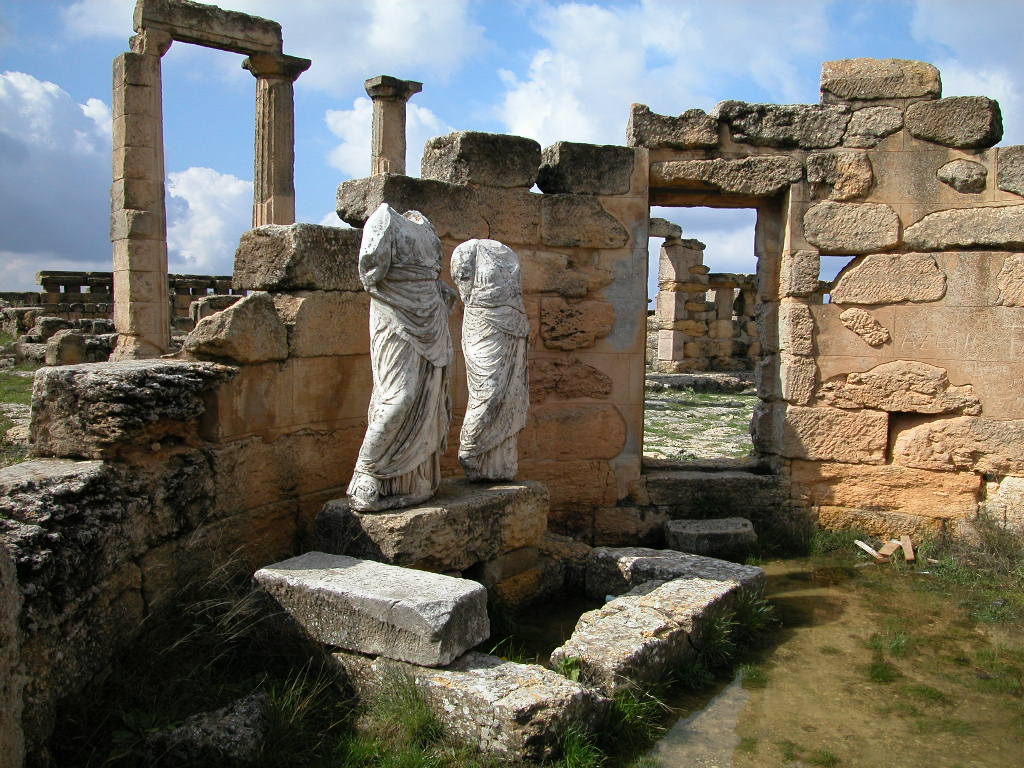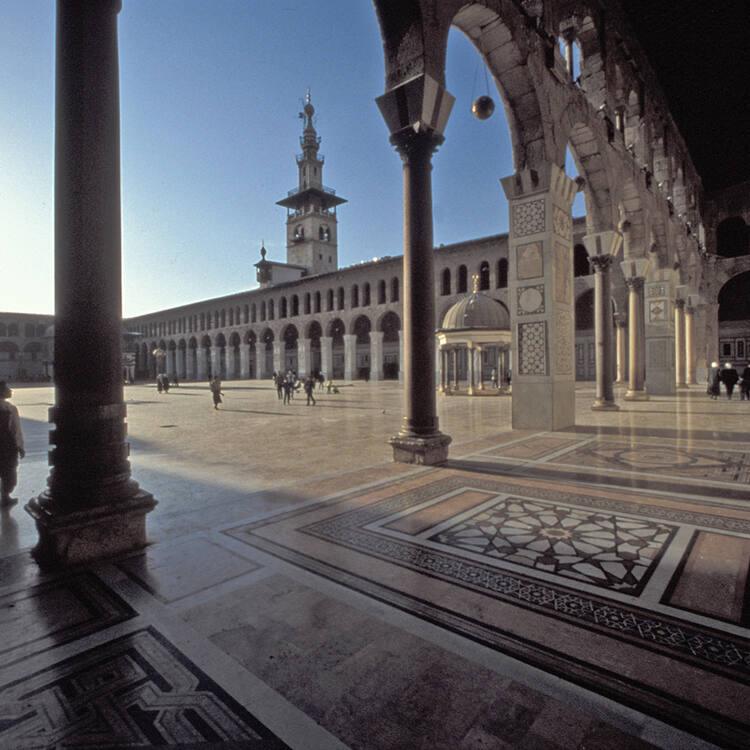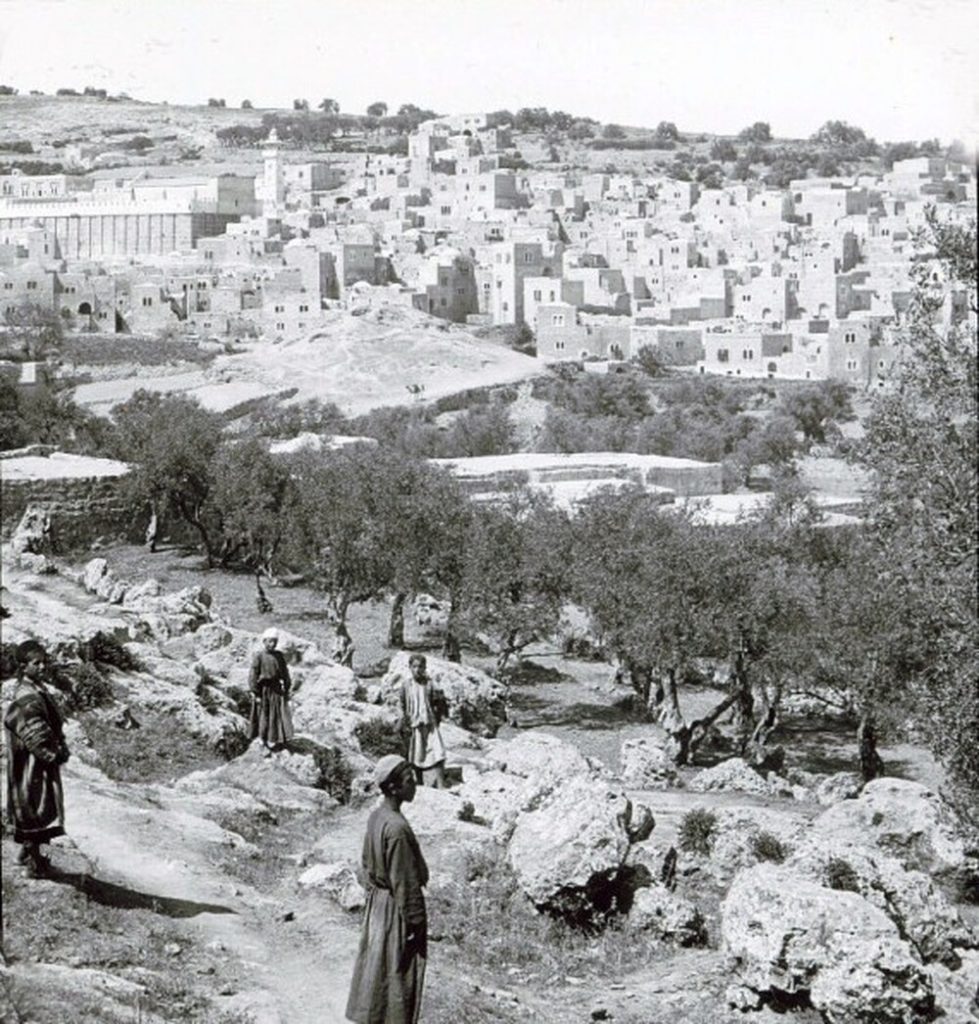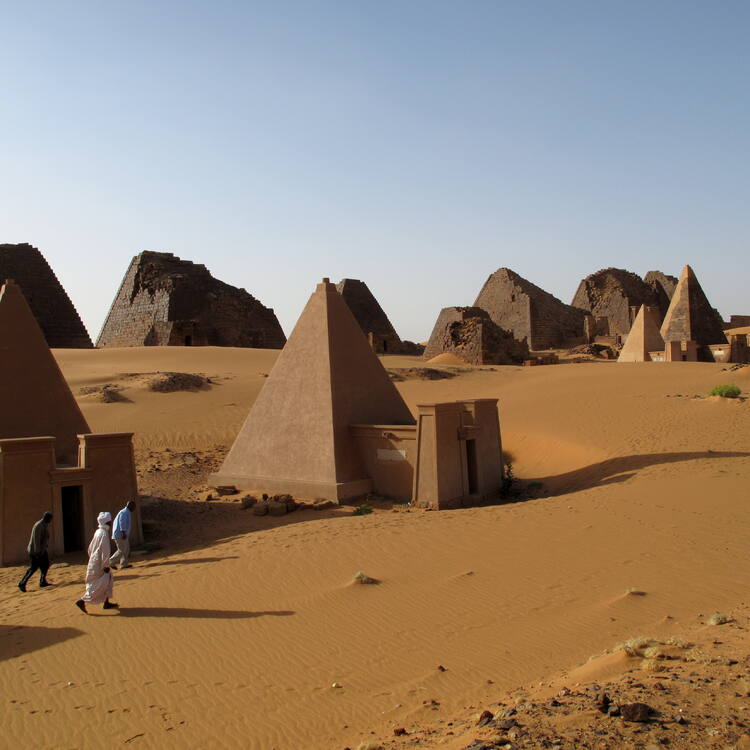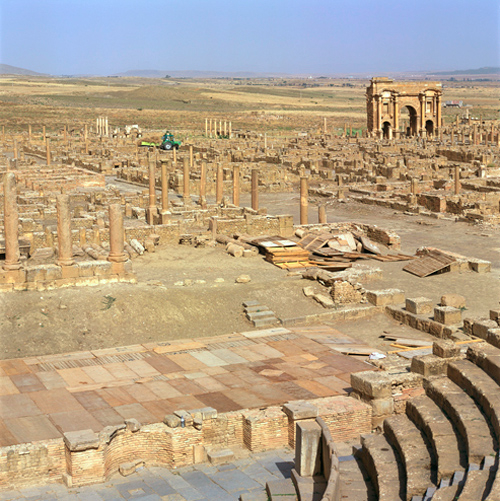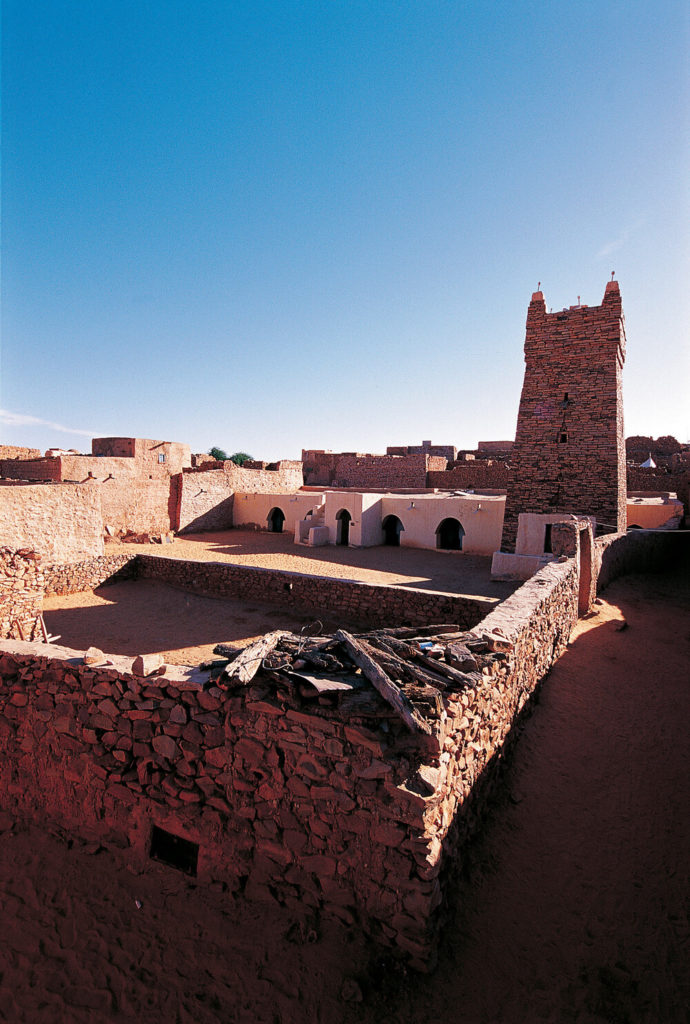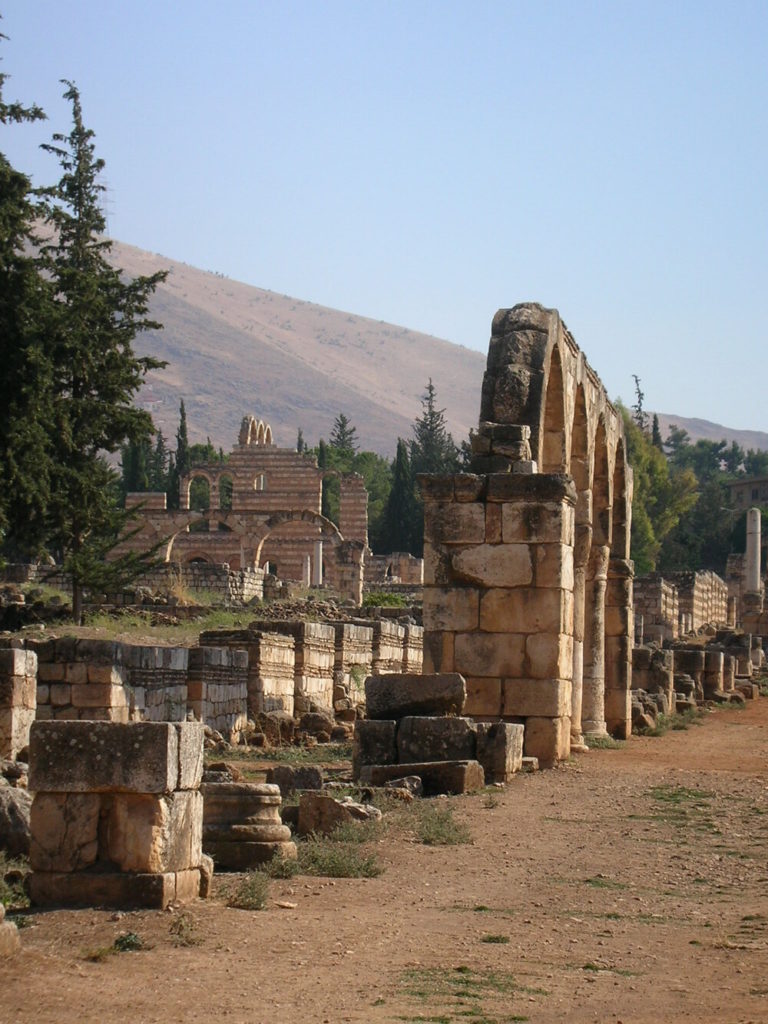يُعد حصن مرباط من أبرز المعالم التاريخية والأثرية في مدينة مرباط، وهو رمزٌ للهوية المعمارية والدفاعية للمدينة، وشاهدٌ على تاريخها السياسي والاجتماعي والعسكري. يقع الحصن في موقع استراتيجي مطل على البحر، ويتميز بطرازه المعماري العُماني الذي يجمع بين الجمال والوظيفة الدفاعية، ما يجعله معلمًا بارزًا في ولاية مرباط وجاذبًا مهمًا للزوار والباحثين في التراث.
بُني الحصن في القرن التاسع عشر الميلادي، في فترة ازدهار المدينة تجاريًا وسياسيًا، وقد لعب دورًا محوريًا في حماية المدينة من الهجمات البحرية والبرية، كما كان مقرًا للإدارة المحلية ومركزًا للحكم. تبلغ مساحة الحصن حوالي 467 مترًا مربعًا، ويصل ارتفاعه إلى 12 مترًا، ويتكوّن من دورين، ويضم برجين؛ أحدهما في الزاوية الجنوبية الغربية والآخر في الزاوية الجنوبية الشرقية.
في الدور الأرضي، يحتوي الحصن على مجموعة من الغرف ذات الوظائف المتنوعة:
- غرفة الخدم
- جناح الحامية العسكرية، ويضم غرفة لإيواء الجنود ومخزنًا للأسلحة والذخيرة
- السجن (المحباسة) المخصص للمخالفين
- مطبخ ومخزن للأطعمة
- بيت الماء
- البرزة، وهي قاعة المجلس، تعقد فيها الاجتماعات ويتم فيها حل النزاعات بحضور الوالي والقاضي وشيوخ وأعيان المدينة
أما الدور العلوي، فيضم:
- أربع غرف سكنية، إحداها مخصصة لاستقبال الضيوف
- مطبخ لعائلة الوالي
- “محضرة” أو استراحة بين الغرف
- ممرات داخلية تربط بين الغرف وتطل على الساحة
يتميز الحصن بوجود مدخلين: أحدهما جنوبي، والآخر غربي مطل على البحر، وهو المدخل الرئيسي، وتوجد أمامه منصة تحتوي على ثلاثة مدافع بحرية كانت تُستخدم في الدفاع عن المدينة ومينائها ضد الغزاة، وكذلك لإطلاق طلقات الاحتفال في المناسبات الوطنية والدينية.
ويحتوي الحصن أيضًا على فتحات دفاعية في جدرانه الخارجية لإطلاق النار على المهاجمين، بالإضافة إلى فتحات علوية فوق الأبواب تُستخدم لسكب الماء المغلي أو الزيوت الحارقة في حال تعرض الحصن لهجوم مباشر.
لم يكن الحصن فقط مبنى دفاعيًا، بل كان مركزًا للحياة الإدارية والاجتماعية، حيث كان يشهد قرارات الحكم، واستقبال الوفود، وتنظيم الشؤون اليومية للمدينة. كما لعب دورًا ثقافيًا من خلال احتضانه للعديد من الفعاليات، وكان يرتبط بفضاء السوق والجامع ومراكز الحياة الحضرية في مرباط القديمة.
اليوم، يُعد حصن مرباط من أهم الوجهات السياحية في ولاية مرباط، حيث يُمكن للزائرين استكشاف تفاصيله المعمارية، والتجول في ممراته وغرفه، والاطلاع على معروضات توثّق تاريخ المدينة، من وثائق وصور وأسلحة تقليدية وقطع أثرية.
زيارة الحصن لا تمنح فقط فرصة للاطلاع على الجانب العسكري من تاريخ مرباط، بل تتيح أيضًا فهمًا عميقًا للنظام الاجتماعي والسياسي الذي حكم المدينة في مراحلها المختلفة. إنه معلمٌ يجمع بين عظمة الماضي وسحر الحاضر، ويُجسّد صمود الإنسان المرباطي وحبه لأرضه وتراثه.

